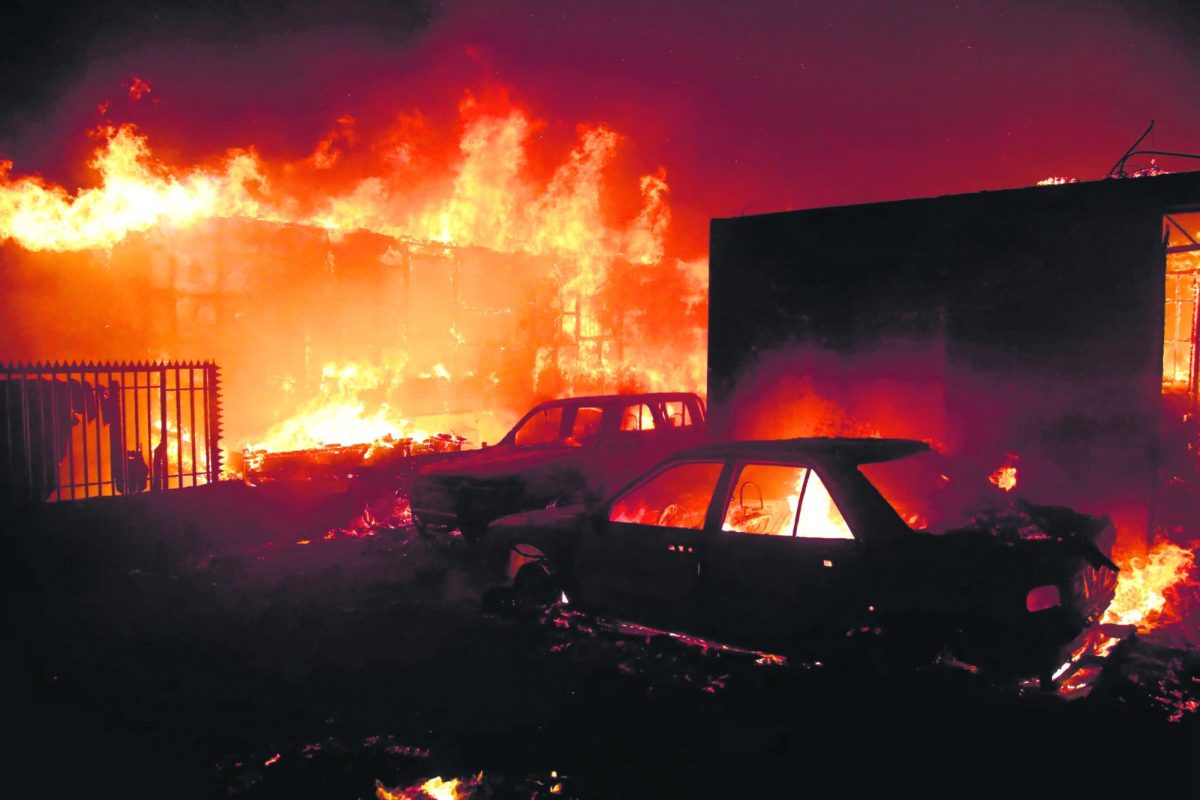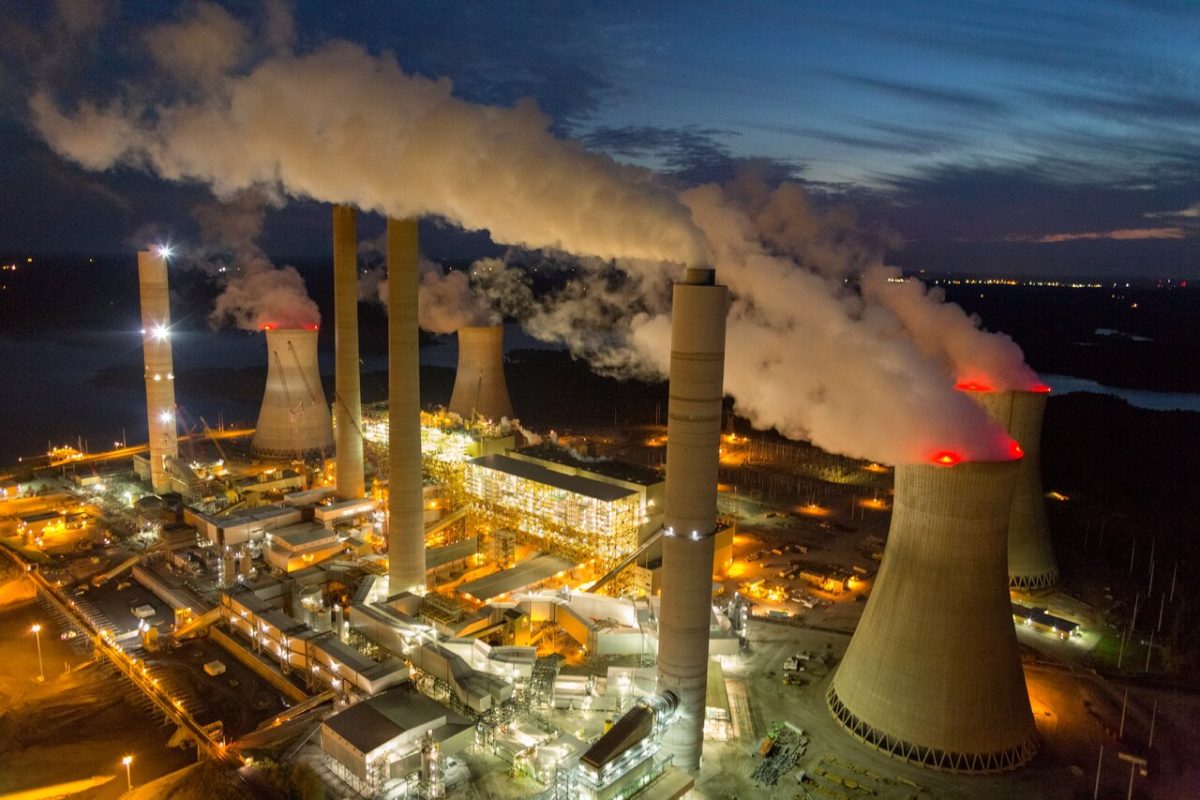The country of Chile has its own unique climate. Its climate can range from cold to wet in some areas, but it is dry and hot in most. Because climate change has been getting worse, Chile is only getting hotter. Chile has some of the lowest rainfall in the world, and with temperatures rising, factored into the event that would change Chile forever.
On February 2, 2024, a wildfire erupted in Chile in the areas around Vina del Mar. However, this wildfire turned into several fires, located in the Valparaiso region (CDP).
The wildfire was started by a scorching heatwave. The hot temperatures, low rainfall and the high wind speeds of Chile only made the fire more difficult to put out (CDP).
The wildfire grew fast and strong, burning everything around it, including the homes of people. On February 5, it was estimated that around 123 people died (Reuters) and around 300 people were recorded missing after the fire. The numbers of casualties are expected to rise.
According to CDP, these are Chile’s deadliest forest fires in history and worst disaster ever since the 2010 earthquake and tsunami, an event which cost the lives of more than 500 people.
In some places in Chile, they did not have enough resources or shelters to protect themselves from the fire. Chileans are used to natural disasters, including yearly wildfires. But Chile is not used to wildfires like the ones they had in 2024. These new wildfires are on a whole other scale than what they have experienced previously.
Valparaiso is the region that was mostly damaged from the fire. In the Valparaiso region, homes and buildings are not durable enough to withstand fires. Many of these destroyed homes were made of wood, a flammable material (DialogoChino).
Unfortunately, in some hillside areas, residents who were older could not escape. It is important to mention that these hillside areas are not very populated, and have a lack of roads- meaning it is harder for emergency vehicles to reach them.
All Chileans have an alert system built into their phones which is managed by the National Disaster Prevention and Response service. (DialogoChino) But according to DialogoChino, some Chileans, including victims, did not receive the notification to evacuate. The fires were spreading at a fast speed, and did not prepare those for what would happen.
It is not only Chile who is handling the higher temperatures that risk fires. Other countries such as Colombia, Ecuador, Venezuela, and Argentina are dealing with strong fires just like Chile (NYTimes).
“I’ve been here 32 years and never imagined this would happen.” said Ronaldo Fernandez, a resident who sadly lost his home in the fire. (EuroNews)
A resident of the Villa Independencia settlement, Regina Figueroa, shared her part of the story with NYTimes, “I couldn’t believe we were alive. But we were the lucky ones, I lost my mother-in-law, my sister-in-law. They died, calcified in the street because they couldn’t escape the flames.”
More than 15,000 buildings and homes have been destroyed because of the fires, along with 60,000 acres of land. According to IndependentEspanol, 20,000 tons of debris was gathered from all of the destroyed buildings and homes.
At the moment, certain parts of Chile are not the safest to visit. Because of the wildfires, the air quality is dangerously low. The high temperatures and high wind speeds that are not getting any better only increase the risk of more fires.








